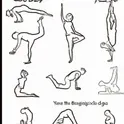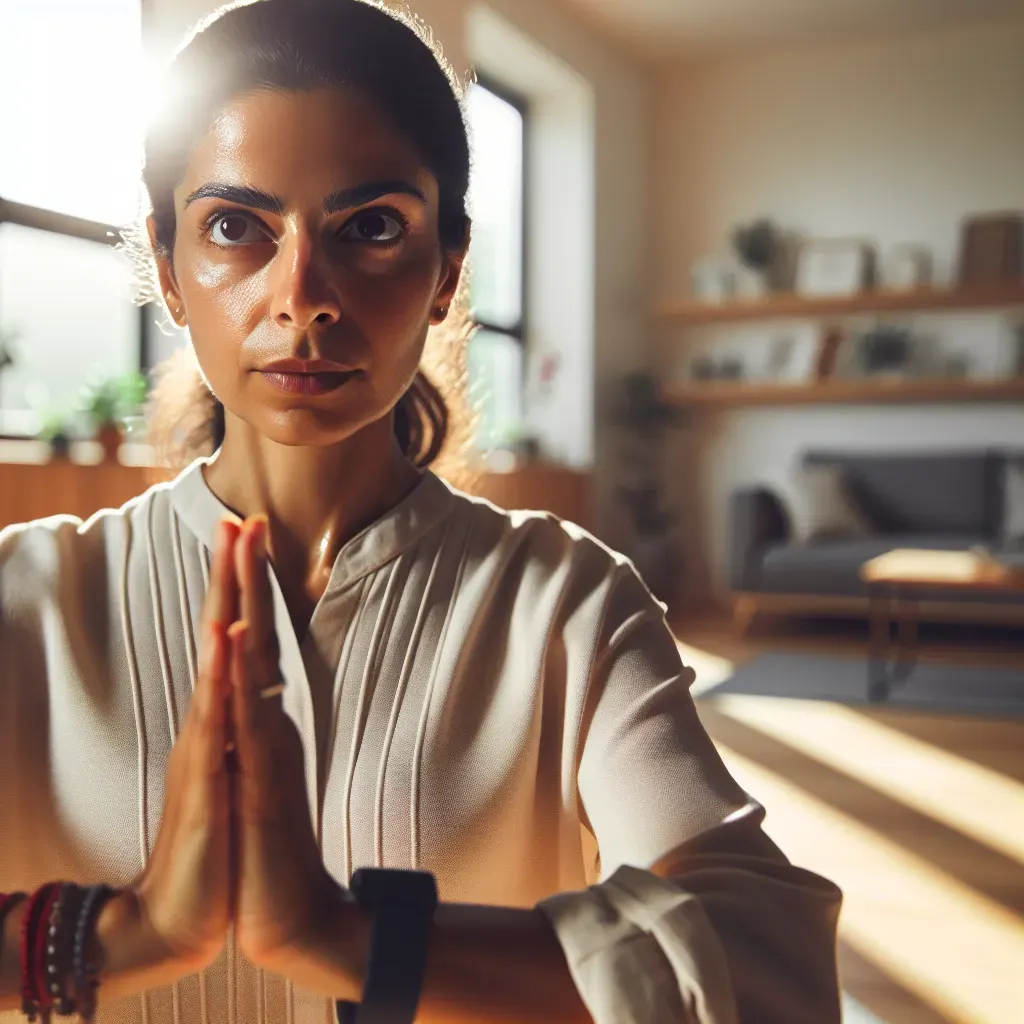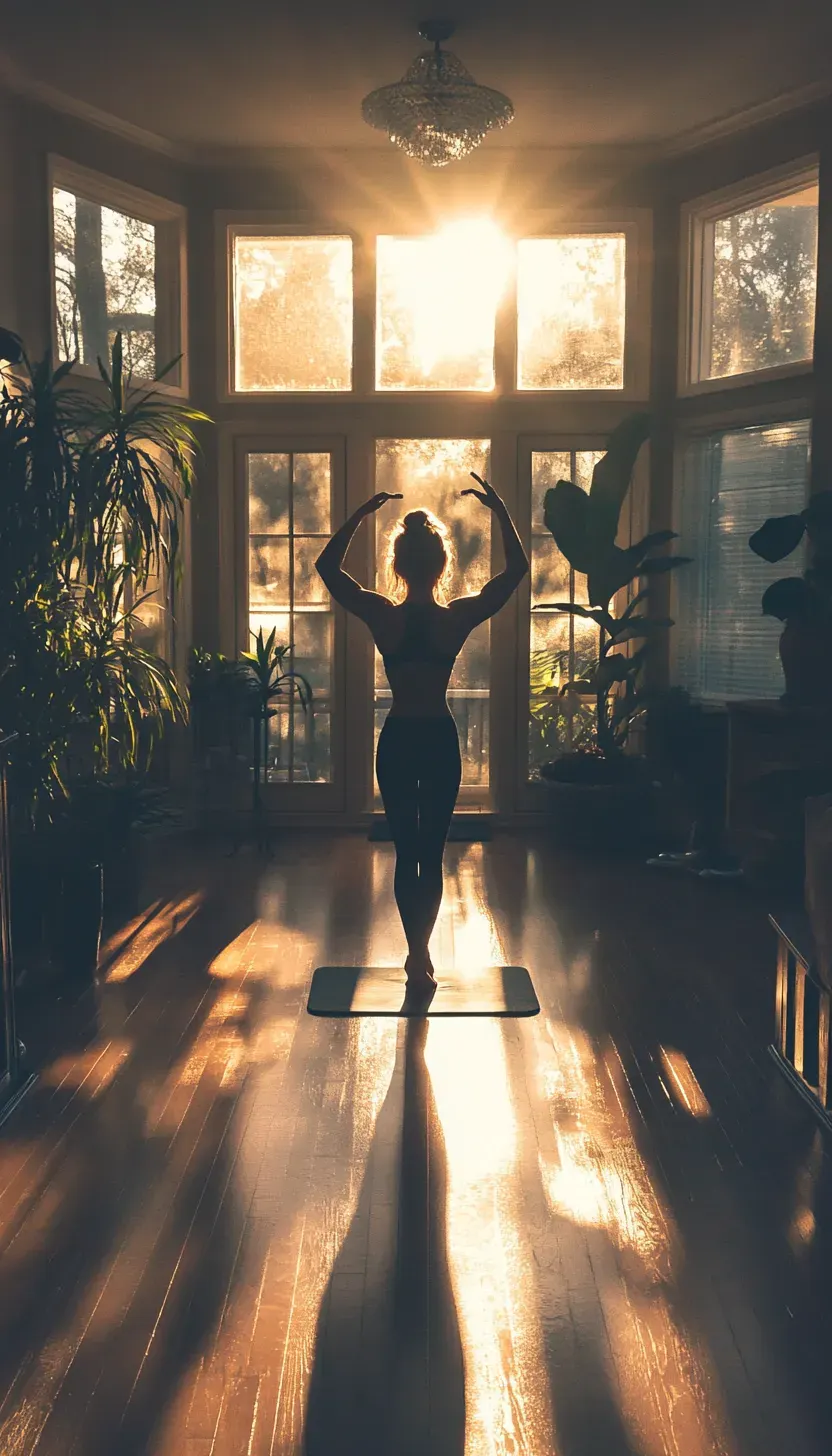How To Structure A Vinyasa Flow Class
Table of Contents
- Introduction
- What is Vinyasa Flow?
- Key Elements of Structuring a Vinyasa Flow Class
- Theme
- Warm-Up
- Sun Salutations
- Peak Poses
- Cool Down
- Savasana
- Step-by-Step Guide on Structuring Your Class
- Tips for a Successful Vinyasa Flow Class
- Conclusion
Are you looking to learn how to structure a Vinyasa flow class? Whether you’re an aspiring yoga teacher or a dedicated practitioner, understanding the framework of a Vinyasa flow class is essential.
This article will guide you through the key components and tips for creating a seamless and engaging class experience.
What is Vinyasa Flow?
Vinyasa flow is a dynamic style of yoga that links breath with movement. The term "Vinyasa" means "to place specially," and it emphasizes the transition between poses. Each class typically features a series of postures that flow together, creating a rhythm that is both energizing and meditative.
Key Elements of Structuring a Vinyasa Flow Class
To effectively structure a Vinyasa flow class, consider the following key elements:
Theme: Establish a central theme or intention for the class.
Warm-Up: Begin with gentle movements to prepare the body.
Sun Salutations: Incorporate a sequence of Sun Salutations to build heat.
Peak Poses: Identify a peak pose to focus on during the class.
Cool Down: Gradually lower the intensity with restorative poses.
Savasana: End with a period of relaxation and reflection.
Step-by-Step Guide on Structuring Your Class
1. Set a Theme
Choosing a theme will provide direction and purpose to your class. Themes can be based on physical goals, emotional intentions, or spiritual concepts.
For example, you might focus on gratitude, grounding, or a body part like the hips.
2. Warm-Up
Start your class with a warm-up to prepare the body for movement. Engage students with gentle stretches and movements that encourage focus. Here are some suggestions:
Cat-Cow stretches to mobilize the spine
Gentle neck rolls to release tension
Seated forward folds to stretch the hamstrings
3. Sun Salutations
After warming up, lead your students through a few rounds of Sun Salutations (Surya Namaskar).
This sequence will help build heat and integrate breath with movement. Encourage students to synchronize their breath with each pose:
Inhale: Raise arms overhead
Exhale: Forward fold
Inhale: Halfway lift
Exhale: Plank to Chaturanga
Inhale: Upward Facing Dog
Exhale: Downward Facing Dog
4. Introduce Peak Poses
Decide on a peak pose that aligns with your theme. This is where you’ll want to build intensity and focus. For instance, if your theme is "opening the heart," consider including poses like:
Upward Dog
Bridge Pose
Fish Pose
Provide variations and modifications to ensure accessibility for all students. This will help them safely explore their limits.
5. Cool Down
As you transition from peak poses, guide your students into a cool-down phase. This phase should gradually decrease the intensity and prepare the body for relaxation. Suggested poses include:
Child’s Pose
Reclined Bound Angle Pose
Supine Twist
6. Savasana
Conclude your class with Savasana, or corpse pose. This is an essential part of any yoga class, providing students time to integrate their practice.
Encourage deep breathing and mindfulness. You might even guide a short meditation or offer a closing affirmation related to your theme.
Tips For A Successful Vinyasa Flow Class
Here are some additional tips to enhance your class structure:
Maintain a Flow: Keep transitions smooth and fluid to create a sense of continuity.
Use Music: Consider incorporating calming music to enhance the atmosphere.
Stay Attentive: Be observant of your students’ needs and adjust your cues accordingly.
Encourage Breath Awareness: Remind students to connect with their breath throughout the practice.
Foster Community: Create an inviting environment that encourages connection among students.
Conclusion
Structuring a Vinyasa flow class requires creativity, intention, and an understanding of yoga principles.
By setting a theme, incorporating warm-ups, and using a thoughtful progression through poses, you can create a fulfilling experience for your students.
Remember, the key to a successful class lies in the connection between breath and movement, so encourage your students to embrace each moment on the mat.
Now that you know how to structure a Vinyasa flow class, you’re well on your way to leading inspiring and transformative sessions.
Get sequence inspiration from Vinyasa Flow Class Sequence: A Comprehensive Guide.
People Also Asked
- What is a Vinyasa flow yoga class?
- A Vinyasa flow class is a dynamic form of yoga where poses are connected seamlessly with breath, creating a fluid and meditative practice.
- How do I create a Vinyasa yoga sequence?
- Start with a theme, include warm-ups, follow with Sun Salutations, introduce a peak pose, and end with a cool-down and Savasana.
- What is the purpose of Sun Salutations in Vinyasa yoga?
- Sun Salutations build heat, increase flexibility, and help synchronize breath with movement.
- How long should a Vinyasa flow class last?
- Typically, a class lasts between 45 to 90 minutes, depending on the level and focus of the session.
- What are peak poses in Vinyasa flow?
- Peak poses are challenging postures that serve as the focus of the class, such as inversions or backbends.
- Why is breath important in Vinyasa flow?
- Breath connects the poses, enhances focus, and creates a meditative rhythm in the practice.
- How can I make transitions smooth in yoga?
- Use cues that align movement with breath and avoid abrupt changes in posture or pace.
- What are good themes for a Vinyasa yoga class?
- Examples include gratitude, grounding, heart opening, or a focus on specific body parts like hips or shoulders.
- What are the best cool-down poses for Vinyasa yoga?
- Child’s Pose, Supine Twist, and Reclined Bound Angle Pose are excellent options for cooling down.
- How do I end a Vinyasa flow class?
- Conclude with Savasana, guiding students through relaxation or meditation to integrate their practice.





